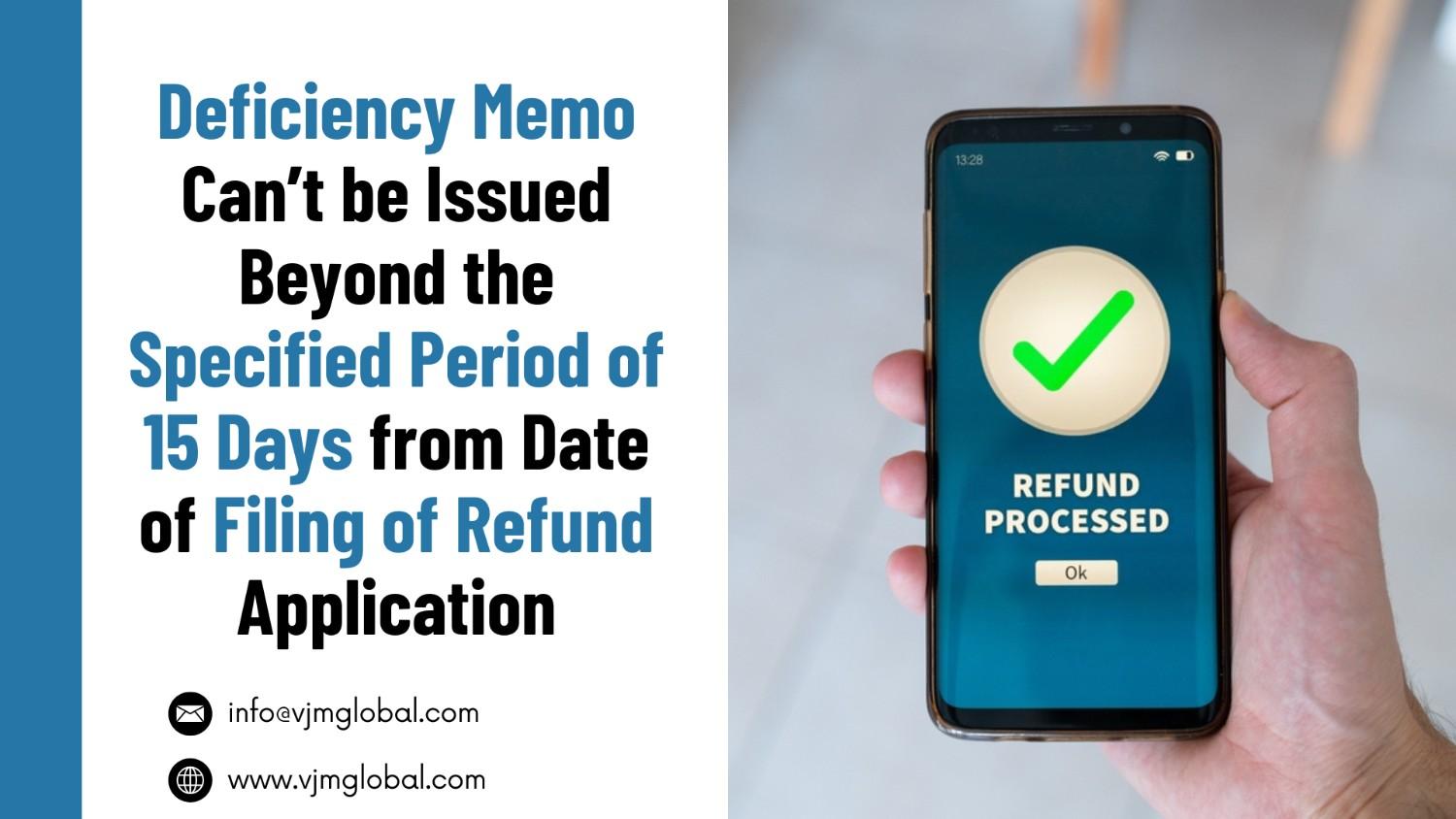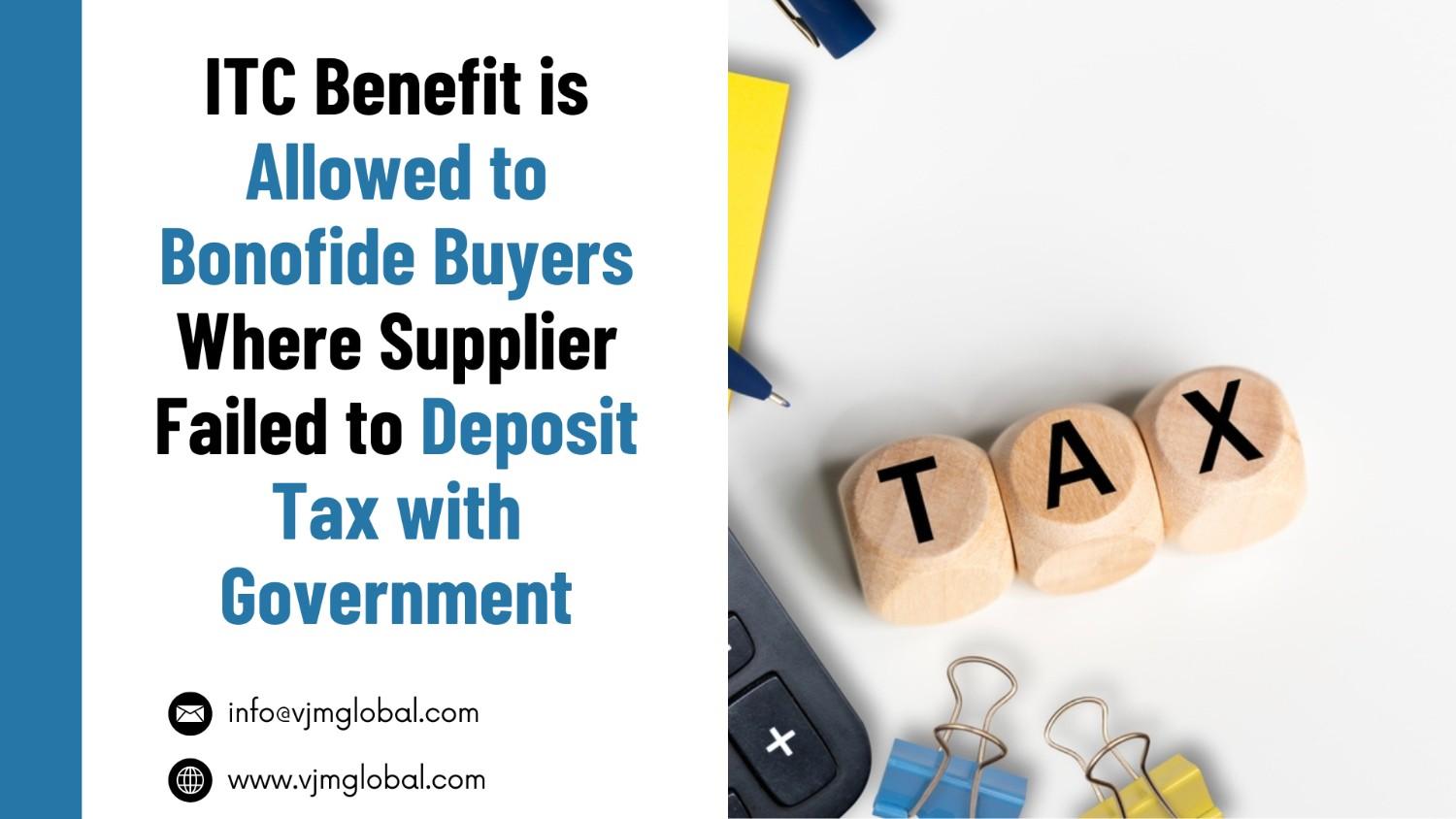The Goods and Services Tax Network (GSTN) introduced the Invoice Management System (IMS) on October 1, 2024, to streamline invoice reconciliation and enhance the accuracy of Input Tax Credit (ITC) for taxpayers. However, every system comes with pros and cons.
Under the IMS Dashboard, the taxpayers are facing trouble with how to claim ITC on invoices that are inadvertently rejected on the IMS Dashboard. ITC rejection will result in the denial of ITC.
Considering the representations received from the taxpayers, on June 19, 2025, GSTN issued an advisory to clarify the process for handling such rejections, providing taxpayers with a clear roadmap to rectify mistakes and ensure compliance.
1. Understanding the GST Invoice Management System (IMS)
The IMS is a feature on the GST portal that allows recipient taxpayers to mark invoices, debit notes, and credits as accepted, rejected, or pending. These actions directly impact the generation of GSTR-2B and the auto-population of ITC in GSTR-3B.
Key actions in IMS include:
- Accept: Valid invoices are included in the “ITC Available” section of GSTR-2B and auto-populated in GSTR-3B.
- Reject: Invalid or incorrect invoices are marked as “ITC Rejected” in GSTR-2B and excluded from ITC claims.
- Pending: Invoices needing further verification remain on the IMS dashboard for future action.
- No Action: Invoices with no action by the 14th of the subsequent month are deemed accepted by the IMS dashboard, and the corresponding ITC against the same is included in GSTR-3B.
The Invoice Management System (IMS) is a critical tool for taxpayers to manage their Input Tax Credit (ITC) claims and ensure compliance with Goods and Services Tax (GST) regulations in India.
2. Guidelines issued by the GSTN on handling of inadvertently rejected Invoices, Debit Notes, and Credit Notes on the IMS Dashboard:
2.1 Availing ITC on Wrongly Rejected Invoices, Debit Notes, or ECO-Documents
Scenario: A recipient wrongly rejects an invoice, debit note, or ECO-document on the IMS Dashboard, and the corresponding supplier has filed their GSTR-3B for such period, considering such rejection.
Read Also: Refund of Unutilised ITC is Allowed at the Time of Closure of Business
Solution: To claim such ITC, the recipient is required to coordinate with the supplier, requesting him to re-report such invoice. The supplier can furnish details of such an invoice in the following manner:
- GSTR-1A of the same tax period, or
- The amendment table of GSTR-1 or Invoice Furnishing Facility (IFF) in a subsequent tax period, within the specified time limit.
Once the supplier re-reports the record, the recipient receives such an invoice on the IMS Dashboard and recomputes their GSTR-2B. This action allows the recipient to claim the full ITC of the amended invoice.
However, ITC will be reflected in the GSTR-2B of the concerned tax period only. It is pertinent to note that the rejected invoice on the IMS dashboard does not result in a reduction of the liability of the supplier.
2.2 Impact on Supplier’s Liability for Re-Furnished Records
Scenario: A supplier’s original record (e.g., invoice) is rejected by the recipient on the IMS dashboard. The supplier re-furnishes the same record in GSTR-1A of the same tax period or the amendment table of GSTR-1/IFF in a subsequent period. What is the impact on the supplier’s tax liability?
Solution: When a supplier re-furnishes a rejected record without changes in GSTR-1A or the amendment table of GSTR-1/IFF (within the specified time limit), there will be no increase in the supplier’s tax liability. The rejection of an invoice by the recipient does not result in liability for the supplier.
The amendment table in GST returns considers only the delta value (difference) between the original and amended records. Since the re-furnished record is identical to the original, the differential liability is zero.
The supplier can identify rejected records through the IMS dashboard, or upon the recipient’s request, the supplier may take the necessary action. This process ensures that the supplier’s liability remains unaffected while enabling the recipient to claim ITC.
2.3 Reversing ITC on Wrongly Rejected Credit Notes
Scenario: A recipient wrongly rejects a credit note in IMS, and the corresponding GSTR-3B has already been filed. How can the recipient reverse the ITC for the rejected credit note?
Solution: To address this, the recipient should request the supplier to re-furnish the credit note (without changes) in one of the following returns:
- GSTR-1A of the same tax period, or
- The amendment table of GSTR-1/IFF in a subsequent tax period, within the specified time limit.
Once the supplier re-furnishes the credit note, the recipient can accept it on the IMS dashboard and recompute their GSTR-2B. This action will reduce the recipient’s ITC by the full value of the amended credit note, as the original credit note was entirely rejected. The reduction in ITC will be reflected in the GSTR-2B of the relevant tax period.
2.4 Impact on Supplier’s Liability for Re-Furnished Credit Notes
Scenario: A supplier’s original credit note is rejected by the recipient, and the supplier re-furnishes it in GSTR-1A or the amendment table of GSTR-1/IFF in a subsequent period. What is the impact on the supplier’s liability?
Solution: When a credit note is rejected by the recipient, the supplier’s tax liability is increased against such credit note, i.e., the liability reduced by the supplier in GSTR-1 against such credit note is nullified, and the supplier is required to pay GST against such rejected credit note.
However, when the supplier re-furnishes the same credit note in GSTR-1A or the amendment table of GSTR-1/IFF (within the specified time limit), the liability is reduced again by the value of the re-furnished credit note.
Since the re-furnished credit note is identical to the original, the net effect on the supplier’s liability is equivalent to the original credit note’s value.
Therefore, a supplier will be entitled to reduce GST liability against a credit note only when such credit note is accepted by the recipient.
3. Conclusion:
In case of a rejected invoice or credit note, a recipient is required to coordinate with the supplier and request him to refurnish the details of such invoice or credit note in GSTR-1A or the Amendment tab of the subsequent GSTR-1. However, there are various invoices where the recipient has no direct coordination with the supplier, i.e., Google, Facebook, etc. In such a case, it might be difficult for the recipient to reclaim such ITC once rejected. Therefore, the recipients are required to be more vigilant while rejecting invoices on the IMS dashboard.













